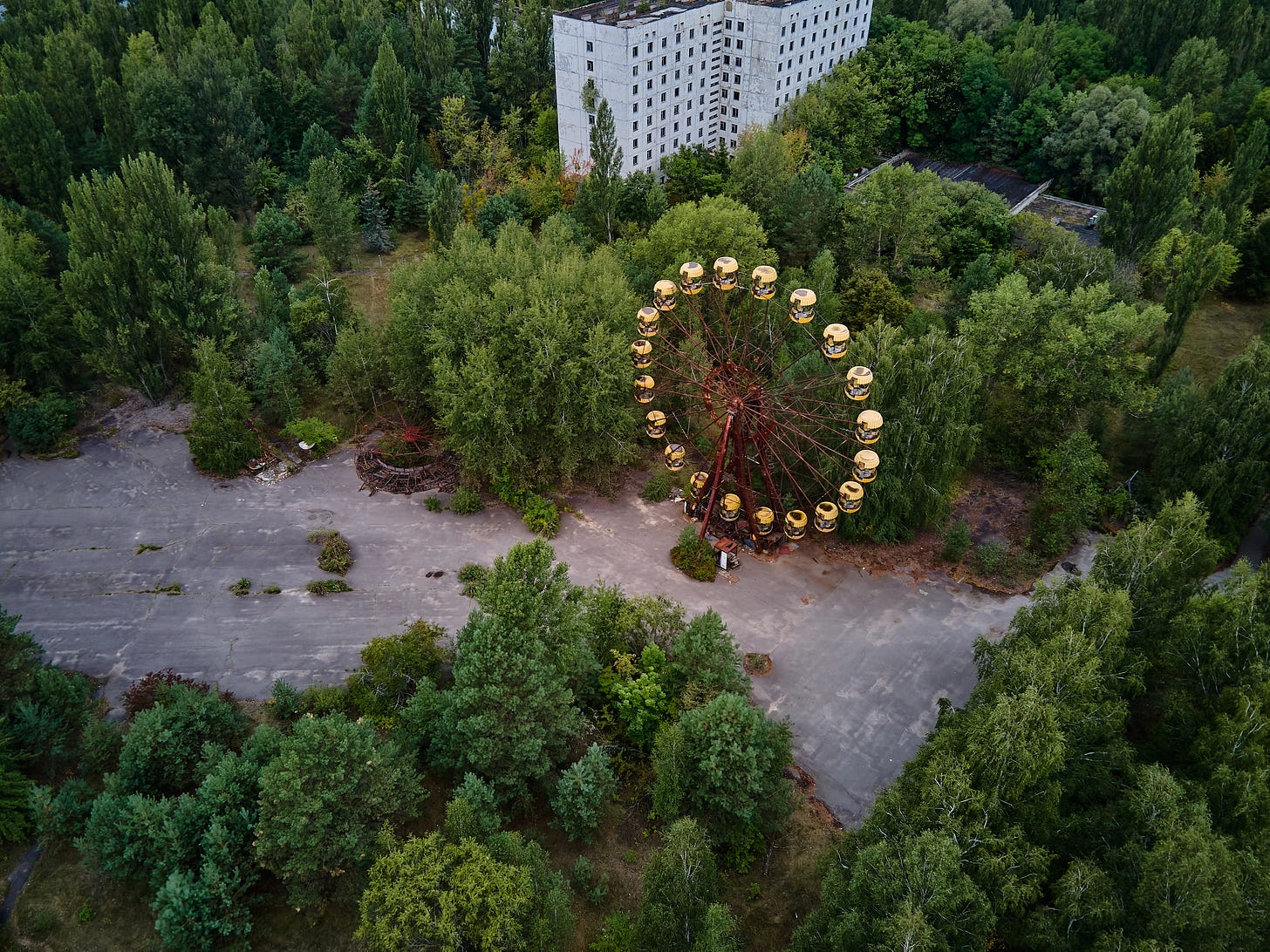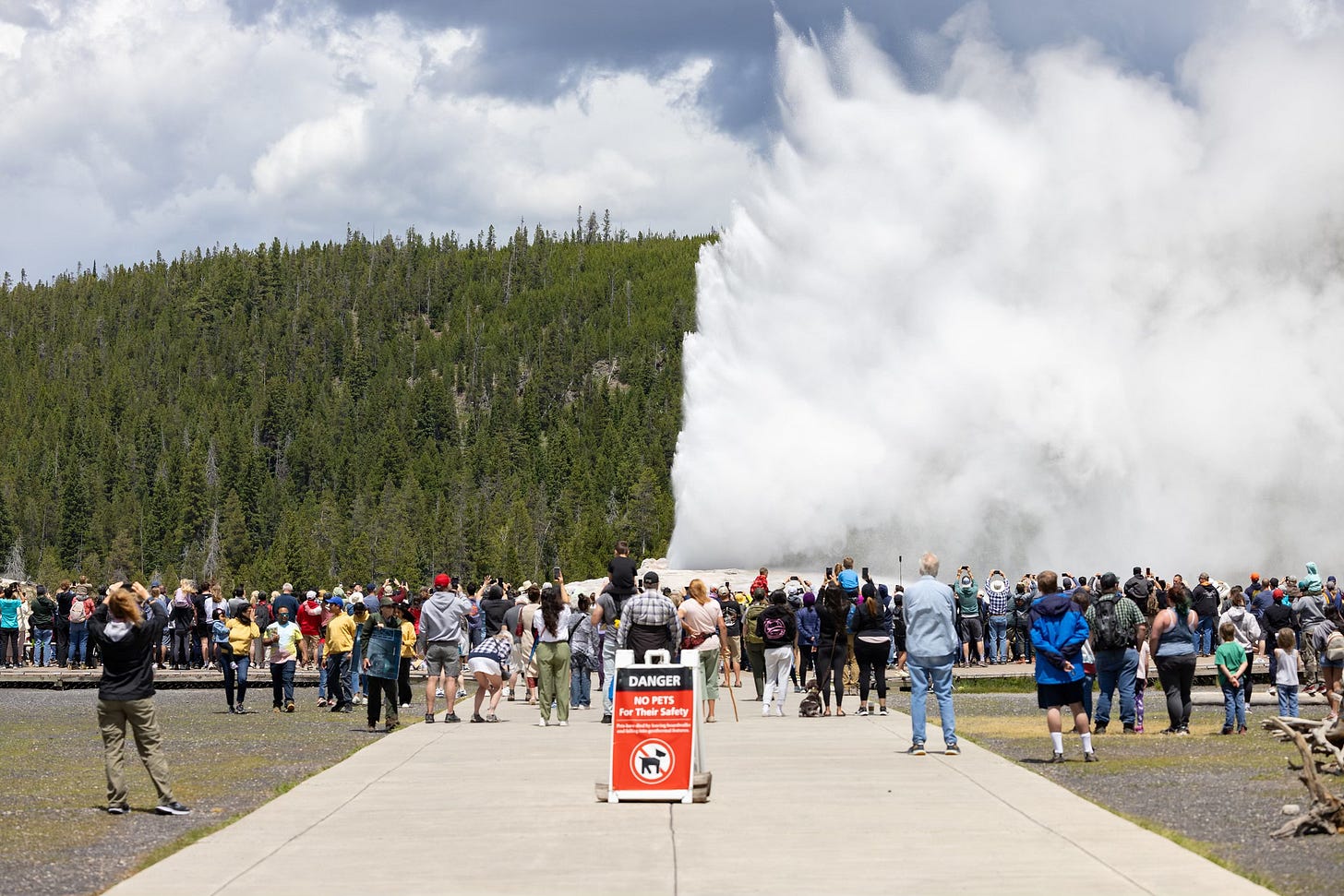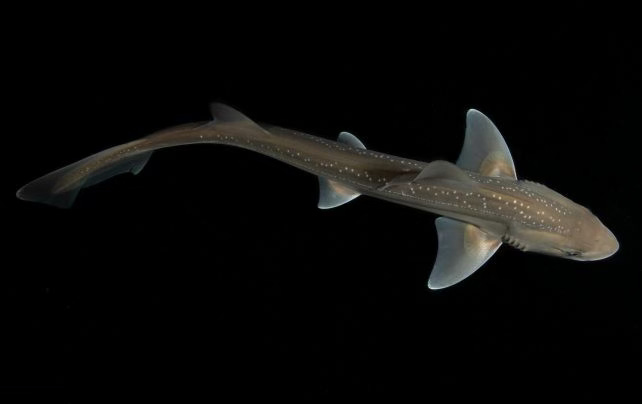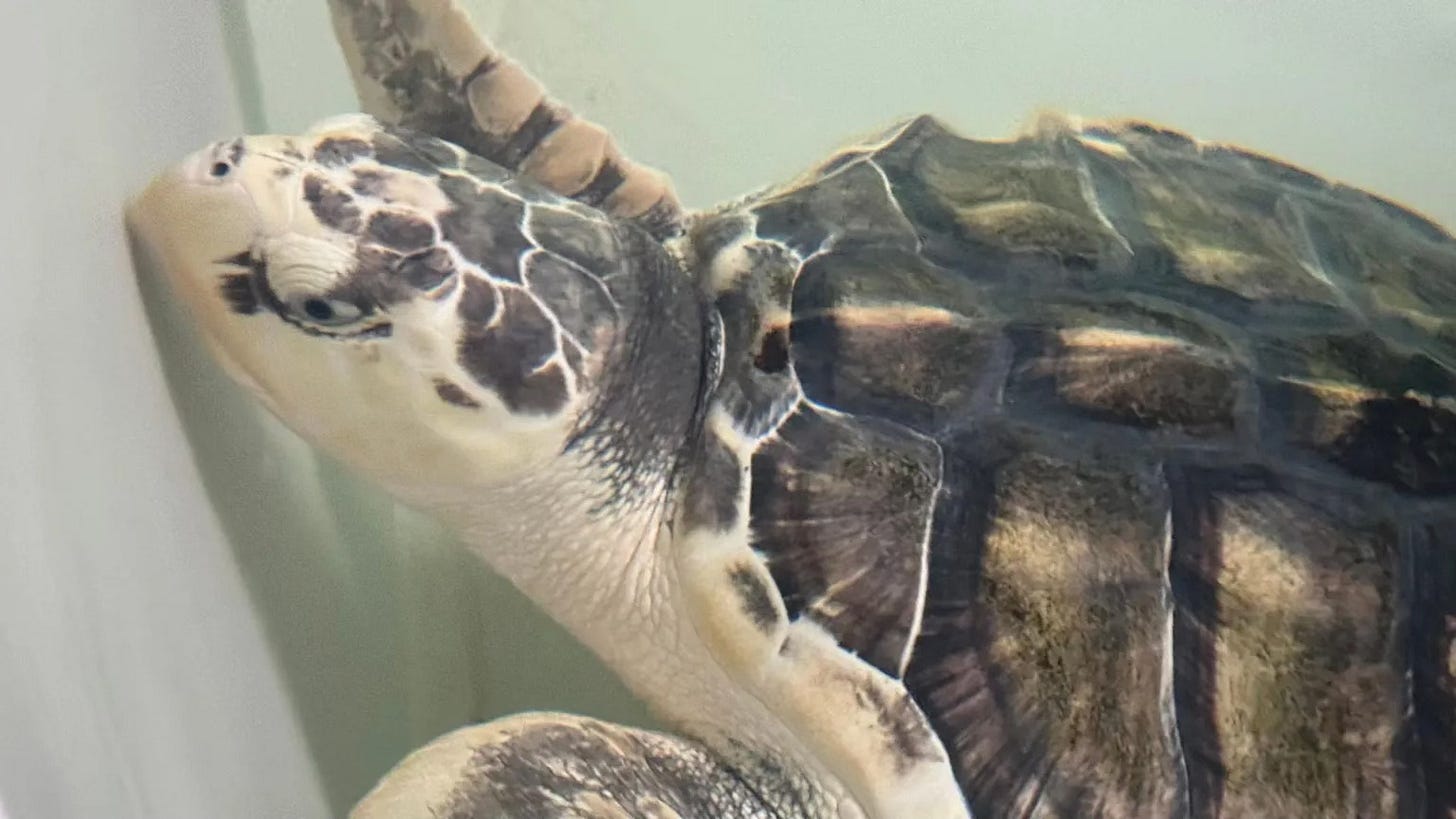A national park you can't visit
Plus a sea turtle stranded in the U.K. just wants to get home
By Dan Fletcher
Here is today’s audio edition:
This week I came across an essay by ranger Hilary Clark that's stuck with me. She described how during pandemic closures at Canyonlands National Park, something remarkable happened: bighorn sheep suddenly returned to White Rim Road, an area they had completely abandoned for 27 years due to constant vehicle traffic. Despite drought conditions, lamb survival rates more than doubled compared to any previous time in the last three decades.
In essence, when humans stepped back, wildlife immediately reclaimed their space.
Her essay poses a fascinating question: What if we intentionally set aside some of our parks and protected areas exclusively for wildlife? No hiking trails, no campgrounds, no visitor centers — just wild spaces where animals can exist without human disturbance.
The idea isn't entirely new. Across the globe, various models already exist:
South Africa's Prince Edward Islands are designated as a special nature reserve where human activity is almost entirely excluded except for conservation research
China employs a zoning system for many of its reserves, with strictly protected core areas surrounded by buffer zones with limited access
Even the Chernobyl Exclusion Zone, though created by disaster rather than design, has become an unintentional wildlife refuge where numerous species flourish in the absence of human presence

Recent research from the University of Washington has shown that even minimal human presence can significantly impact wildlife behavior. Their study in Alaska's Glacier Bay National Park found that wildlife detections dropped to zero once visitor levels reached around just 40 people per week. For context, popular parks like Yellowstone or Yosemite often see over 200,000 weekly visitors during peak season.
The effects of human presence extend beyond just avoiding areas. Birds experience physiological stress from human encounters, with some species showing elevated heart rates for 2-3 hours after people pass by. Even when animals appear undisturbed, hidden stress can affect breeding success and population health. Simply put, our presence has consequences, even when we're trying to tread lightly.
Of course, there's an inherent tension in this idea. National parks were established with the dual mandate of preserving natural resources while providing for public enjoyment. People protect what they love, and experiencing nature builds crucial support for conservation. How can we nurture that connection if some areas become off-limits?
The answer may lie in a more nuanced approach to conservation. Rather than an all-or-nothing proposition, we could create a spectrum of protected areas:
Core wildlife-only zones where human access is prohibited except for limited research
Limited-access buffer zones with carefully managed human presence
Traditional recreation areas where people can more freely experience nature
The pandemic provided an unintended experiment that demonstrated wildlife's remarkable resilience when given space. Creating a network of truly wild places — whether through complete reserves, strategic zoning, or seasonal closures — could be a powerful conservation tool.
As biodiversity declines to mount worldwide, perhaps it's time to consider a more radical approach to conservation. Perhaps some of our most precious landscapes should be experienced not through our physical presence, but through the knowledge that they exist, untouched and thriving.
Quick links! 🔗
Researchers at Woods Hole Oceanographic Institute have upended a long-held belief about sharks by capturing the first-ever recordings of them actively making sounds. Their study recorded juvenile rig sharks producing loud clicking noises (up to 166 decibels - as loud as a firecracker!) when handled, suggesting these supposedly silent predators may use sound for communication. Scientists suspect the clicks are made by snapping their jaws together forcefully, though whether the sounds represent distress signals or even a hunting strategy to mimic snapping shrimp remains unknown.
A critically endangered Kemp's ridley sea turtle named Rhossi, who washed up in Wales last year and was nursed back to health, is now caught in an unexpected political limbo. President Trump's freeze on foreign aid and subsequent cuts at the US Fish and Wildlife Service have halted international marine turtle conservation work, preventing Rhossi's planned repatriation to the Gulf of Mexico. Anglesey Sea Zoo's owner remains determined to get the turtle home, possibly by working through Mexico instead, while the former USFWS director described the impact on such conservation projects as "heartbreaking."







Always informative! Thank you for providing audio.